Advertisement
In opening its platforms to generative AI tools developed by OpenAI and other third-party providers, Adobe is moving infinitely forward. After sharing the stage with its own Firefly AI model, Adobe proposes to enable users to further drink in what flexibility and creativity have to offer. This aligns with the blueprint summarily indicated by Adobe wherein the foundation is a universal creative environment in which AI elevates productivity, facilitates design, and quickens shaping before offering help in bringing badly wanted life into dream ideas. Creating a more widespread adoption of AI tools is a significant step in advancing the potential of an open ecosystem of Adobe's tools. Still, it accords with a creative force prioritizing control over ethics and data privacy.

Adobe’s open-armed approach in permitting generative AI tools from OpenAI and others creates new user opportunities. Designers, marketers, and content creators have more options to employ AI tools. The available flexibility helps make text, images, and designs quickly while still in the Adobe interface. While Firefly handles image editing, users can use ChatGPT for text concepts or storytelling. With different models allowed to coexist inside the app, the facilitation from a different perspective allows the Adobe ecosystem to cater to a creative workflow that is much more diverse and open, thereby saving time.
Despite new integrations in the pipeline, Adobe's Firefly model is still the hub of the company's AI vision. Firefly was built to create images, text effects, and creative content emphasizing ethical training data and commercial safety. It will continue to cater to those using Adobe native tools with complete Creative Cloud compatibility. Firefly is designed to interpret design-specific terminology, allowing users to cue it naturally as they get high-quality, brand-safe output. With Firefly and third-party AI models, Adobe's users benefit from the best in-house management and open innovation.
Adobe and partners' generative AI will be integrated directly into Photoshop, Illustrator, Premiere Pro, and After Effects. This implies that creative professionals can now carry out intricate operations such as content-aware filling, background replacement, and even creating text without switching between applications. The integrations streamline workflows and enable artists to spend less time on labor and more on creativity. The production cycle is streamlined and more efficient with AI proposing edits, filling in designs, or composing ad copy. Whether video editing or social media graphics creation, these GenAI integrations assist in achieving high-quality output with reduced effort and time.
Adobe promotes ethical AI creation by focusing on control and transparency. With its Content Credentials feature, Adobe labels AI-created content with metadata indicating how it was produced and what technology was employed. This assists in combating misinformation and deepfakes while providing users with increased confidence in digital content. Adobe also ensures that AI models like Firefly are trained on licensed or public domain data. The same principles will extend to any third-party AI incorporated into its platform. Adobe upholds its position as a dependable platform for creators and businesses by having high ethical standards for its AI tools.

Adobe's AI collaborations aren't limited to freelancers or individual designers—they're also designed to accommodate large creative teams and enterprise users. Companies can build branded AI workflows that meet their particular objectives. For instance, a marketing team might utilize generative AI to write campaign headlines, generate visuals, and localize content across languages. With new APIs and AI model integrations, businesses can integrate Adobe into their production systems more seamlessly. These features enhance efficiency, lower the cost of production, and accelerate content cycles, placing businesses ahead of the competition in today's rapidly changing digital age.
By adopting generative AI from OpenAI and others, Adobe is paving the way for a new generation of collaborative creativity. Artists, authors, and coders can now use a standard digital language to collaborate with tools. Adobe's goal is not to substitute human creativity but to augment it with AI support. Creative teams can play around more freely with improved ideation tools, quicker content creation, and more intelligent editing capabilities. The future of Adobe is AI-infused, yet still powered by human creativity and intent behind the product. This makes the world of creative possibilities boundless for professionals at all levels.
Adobe's collaboration with OpenAI and other generative AI suppliers represents the crossroads of creative technology. By moving beyond its Firefly model, Adobe gives customers greater autonomy to select the AI tools best suited for their creative process and project requirements. These tools enable accelerated workflows, minimize routine work, and enhance production in content creation, design, and marketing. However, Adobe is not about to give up on ethical principles and user agency. In finding this balance of openness and obligation, Adobe stands in a good place to drive the future of AI-aided creativity, where formidable technology amplifies, not substitutes, human imagination.
Advertisement
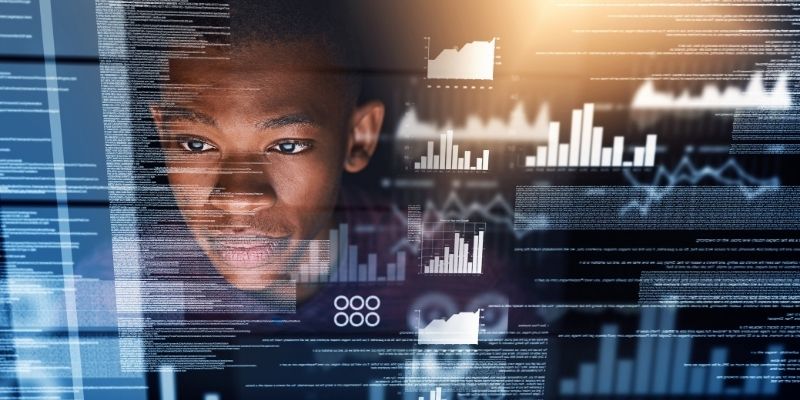
Dive into the strengths and weaknesses of open-source AI models and what they mean for innovation.
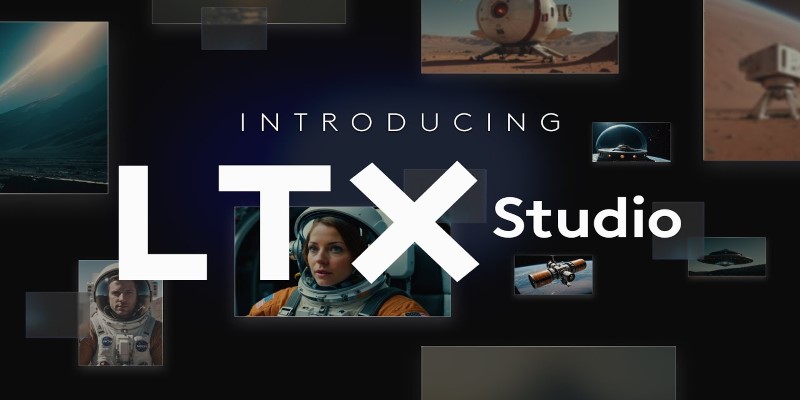
How can AI help storytellers in filmmaking? Discover how LTX Studio uses AI to generate scenes from written descriptions, making the video creation process faster and more flexible for creators

Adobe plans to integrate generative AI tools from OpenAI and others to boost creative workflows and user productivity
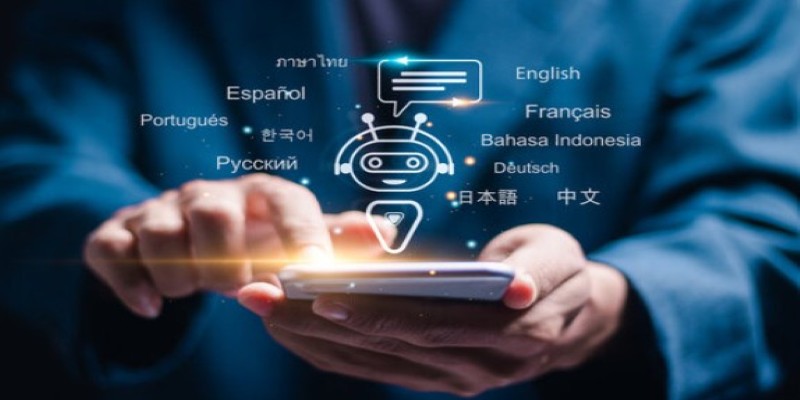
Want to chat, learn, or translate using ChatGPT in another language? Discover how it handles multiple languages and helps with grammar, vocabulary, and fluency
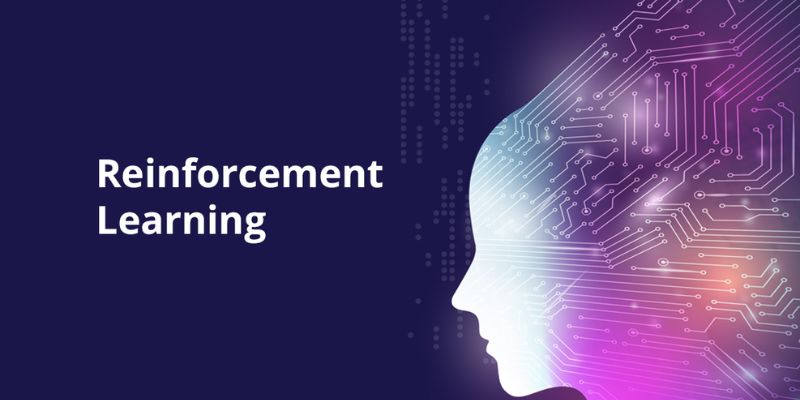
Discover reinforcement learning key concepts, training AI through feedback, and machine learning with rewards in action here

Discover how ChatGPT can revolutionize your cooking routine by offering meal plans, recipe ideas, and even cooking tips based on what’s in your kitchen
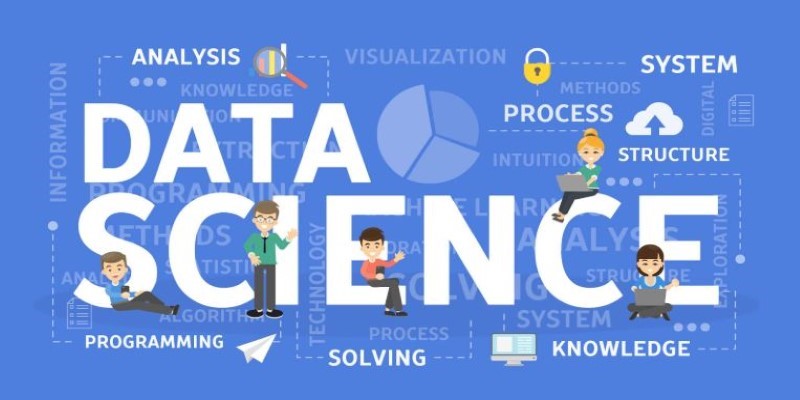
Explore the most reliable data science platforms in 2025. From notebooks to automated modeling, find the best tools for data science across all skill levels
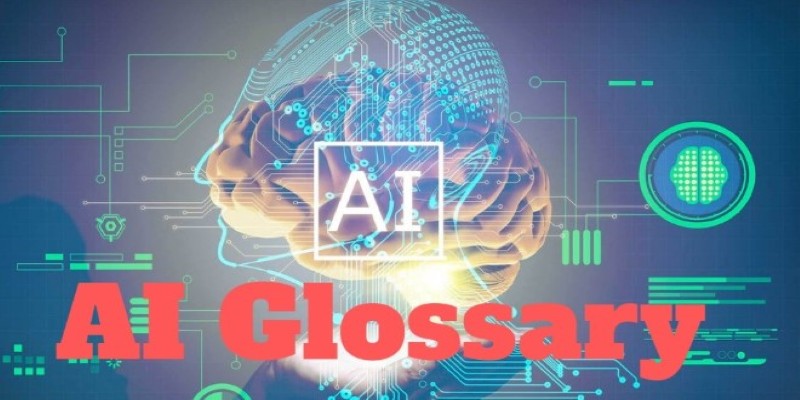
Confused by AI buzzwords? This glossary breaks down 29 essential terms—like LLMs, embeddings, and transformers—into plain language anyone can understand

How the Python Global Interpreter Lock (GIL) works, how it affects threading and performance, and when Python multithreading is useful or limited

What’s really going on inside a black box AI model? Discover how deep learning, abstraction, and randomness make AI powerful—but hard to explain
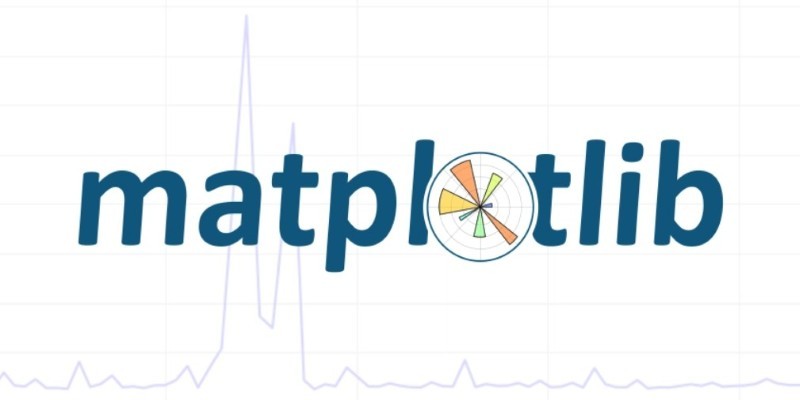
Find out the 10 unique ways to use advanced data visualization with Matplotlib to make your charts more engaging, clear, and insightful. From heatmaps to radar charts, learn how to go beyond basic graphs and explore deep-er patterns in your data
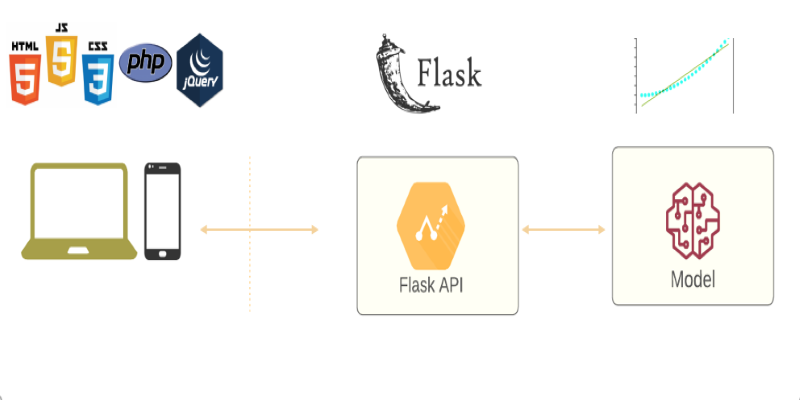
Learn how to deploy your machine learning model with Flask in 2025. Step-by-step guide on setting up Flask, testing your API, and making your model production-ready